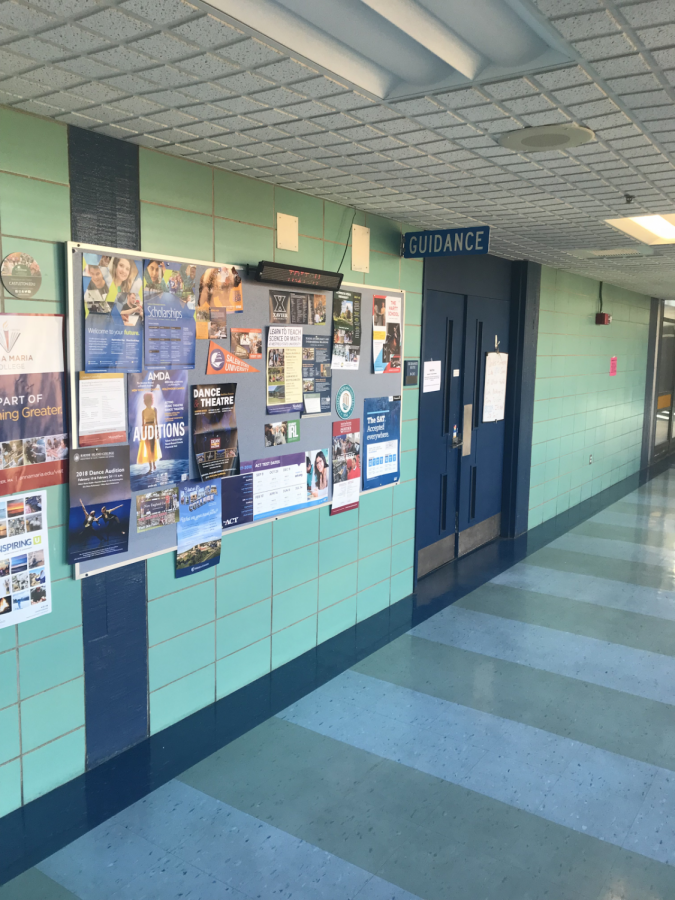The Costs of College
November 30, 2017
The second highest level of consumer debt behind mortgages is student loans. The national student debt reached 1.4 trillion dollars this year according to debt.org.
“I think it is sad that the economy is essentially setting us up to fail right from the start. Something needs to change,” said senior Grace Tanch.
This problem has been named the student debt crisis. According to forbes.com there are 44 million borrowers that make up the debt. The average student in the class of 2016 has $37,172 in student loans.
The northeastern region of the United States is
where most of the student debt is.
The states with the highest student debt are Massachusetts, New Hampshire, Connecticut, and Rhode Island. Many Triton students attend colleges in these states since they are close by.
Triton alumni Christina Abouzeid, who graduated last year, shared that, “As a freshman in college student loan debt is scary, it keeps students from opportunities they deserve but cannot have because of money.” Abouzeid also added that people at colleges are willing to help, but you have to take the first step and reach out.
There are ways to make college happen, guidance counselor Ms. Karen Christian said, “There are many ways that students can get financial assistance, they just have to put some time and effort into finding alternative means beyond what is given by the government (based on the FAFSA report) and the college you attend.”
There are more scholarship and grant opportunities than ever before, you just have to find them and apply for them, Christian added. Also, there are many teaching, nursing, and volunteering programs that will forgive your debt if you work for them.
“Another tactic is to do the best you can in your high school classes. There is generally merit-based financial aid available for those who do well on their SAT’s and GPA,” Christian added. “Overall, going to the most affordable college is the best plan.”



